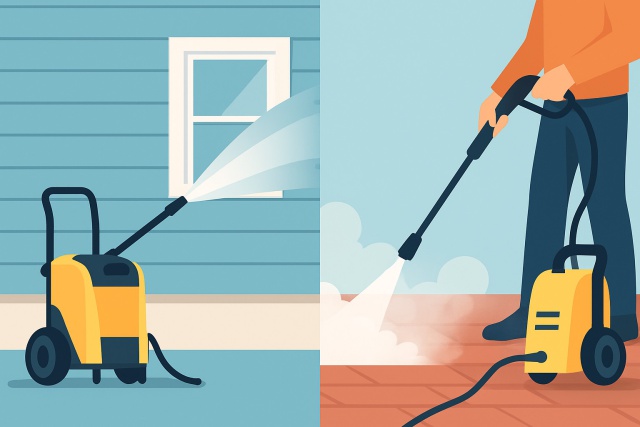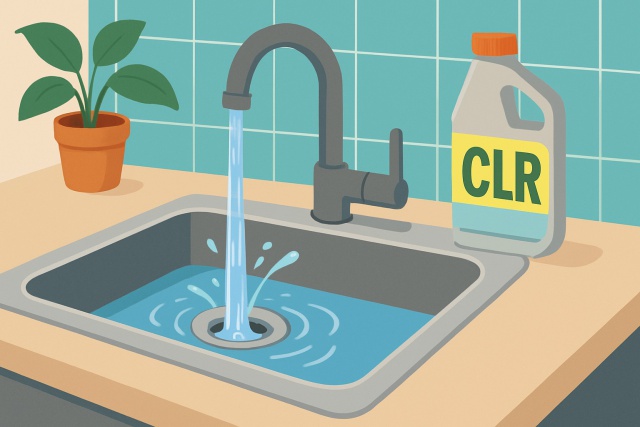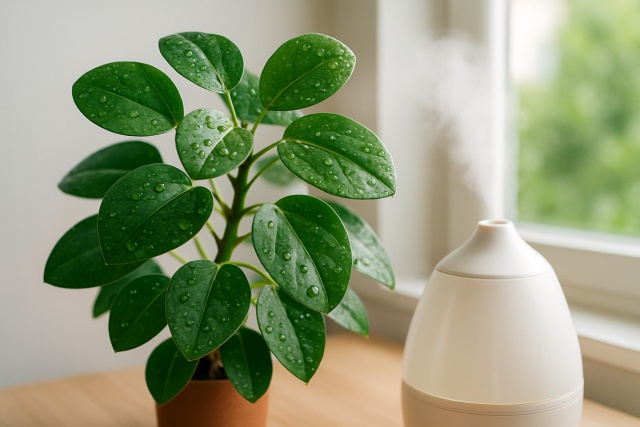How Often to Water Pothos in Different Seasons?
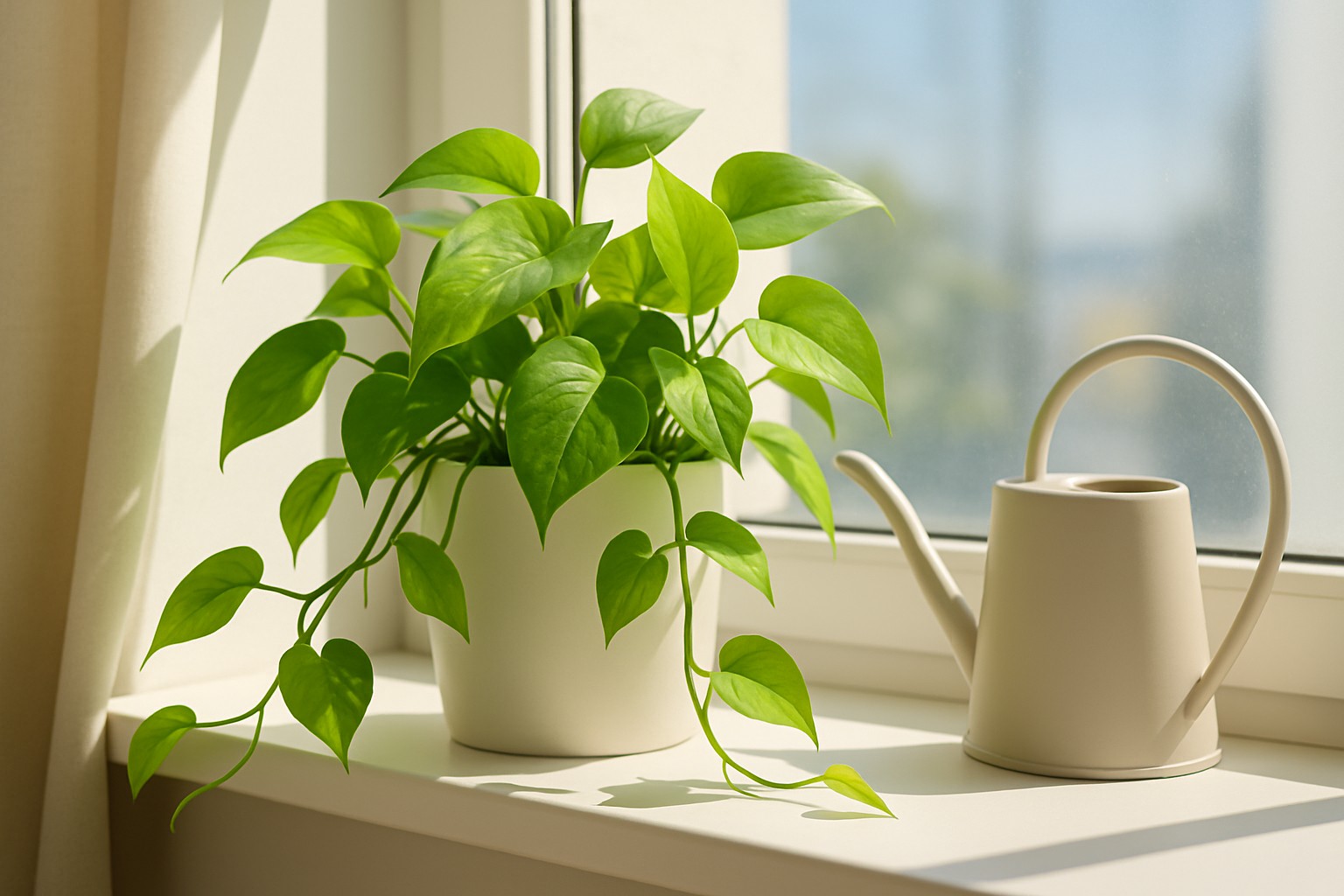
Pothos has truly earned its place as a beloved houseplant thanks to its lush trailing vines and easygoing nature, but knowing how often to water pothos is key to its success. It tends to thrive even in low light and is pretty forgiving when conditions are not perfect, though getting the watering just right is crucial because too much or too little can quickly throw it off balance.
Getting to Know How to Water Your Pothos (Without Drowning It in the Process)
Watering is key for keeping a pothos plant happy and healthy. It affects everything from root health to how well it soaks up nutrients and grows overall. Overdo it with the watering and you’re inviting root rot to crash the party because the roots get starved of oxygen. But if you neglect it too much, the poor thing ends up dehydrated and dragging its feet when it comes to growth.
- The size of the pot really determines how quickly the soil dries out. Generally bigger pots hold onto moisture longer which can be a lifesaver.
- The type of soil matters quite a bit for water retention and drainage. Loamy soil usually hits the sweet spot for pothos.
- Humidity levels have a sneaky way of speeding up or slowing down evaporation from the soil and leaves. It acts like nature’s little thermostat.
- Temperature also plays a role by affecting how much water the plant uses through transpiration. You’ll need to adjust watering depending on whether it’s hot or cool.
- Light exposure acts like the plant’s fuel encouraging growth and increasing water use, so brighter spots usually require more frequent watering.
- As your pothos grows its water needs usually increase too. Young plants tend to be less demanding than mature full-grown counterparts.
How Your Watering Routine Shifts with the Seasons
Pothos watering needs tend to shift throughout the year as temperature, light and humidity play their usual games. When the warmer months roll around the plant grows faster and drinks more water so you’ll water it more often. In the cooler gloomier seasons growth slows and the plant becomes less thirsty which means you can ease up on watering.
How to Water Pothos in Spring
When spring rolls around, your pothos is basically coming out of its winter slumber and ready to soak up some TLC. This is the perfect time to adjust your watering routine to keep your leafy friend happy and thriving. I’ve found that during spring, pothos appreciate a bit more hydration than in those dormancy months, but they definitely don’t want to be drowning in water. Think of it as striking a balance—keeping the soil moist but not soggy is the name of the game here. Remember, a little check with your finger probing the soil works wonders in figuring out when your plant needs a drink. If it feels dry an inch or two down, it’s time to pour in some love. Just don’t let the pot sit in a puddle; pothos roots aren’t fans of that kind of party. With the right watering rhythm this season, your pothos will be putting on a lush, green show before you know it.
Spring ushers in a lively growth spurt for pothos, as the days stretch out and the temperatures finally start to play nice. Watering about once every 7 to 10 days does the trick—just make sure the top inch of soil feels dry to the touch before you reach for the watering can.
How to Water Pothos During the Summer (Without Turning It Into a Swamp)
During summer when temperatures climb and indoor air gets dry, your pothos will definitely ask for more water. I recommend watering it every 5 to 7 days or more often if the soil feels dry about an inch down—plants aren’t great at dropping hints so it pays to check regularly.
How to Water Pothos During Autumn
As the leaves outside start turning and the air gets a bit crisper, your pothos plant's watering needs shift too. This time of year, it is all about finding that sweet spot—not too drenched, not too dry. You will want to ease up on the watering compared to summer, since the plant’s metabolism slows down like most of us craving cozy sweaters and warm drinks. Generally, letting the top inch or so of soil dry out before giving it a drink works like a charm. Just keep an eye out, because autumn sometimes throws curveballs in humidity and temperature. A little patience goes a long way here, so trust your plant’s signals and your gut—after all, even green thumbs have their off days.
When temperatures take a dip and the days get a bit gloomier, pothos plants usually slow down their growth and do not thirst quite as much.
How to Water Pothos During Winter (Without Drowning Your Plant in the Process)
Winter usually signals a bit of a slowdown for pothos, with growth hitting the brakes and water uptake dropping off. Since the soil tends to hold onto moisture a lot longer in those chilly conditions, it’s all too easy to overdo the watering. I’ve found it’s smarter to go easy—watering every 2 to 3 weeks should do the trick, depending on how dry or humid your indoor space feels. Just make sure the soil is mostly dry before you reach for the watering can.
| Season | Typical Watering Frequency (times per week) | Soil Moisture Level to Maintain | Key Watering Tips |
|---|---|---|---|
| Spring | 1 to 1.5 | Keep soil lightly moist, not soggy | Water once the top inch of soil feels dry; with mild temps, no need to overdo it |
| Summer | 1.5 to 2 | Maintain consistent moisture | Water more often during the heat; try not to let the soil dry out completely — your plants will thank you |
| Autumn | 0.5 to 1 | Let soil dry out somewhat between watering | Cut back on watering as growth slows down; keep an eye on humidity, it can be a sneaky factor |
| Winter | 0.3 to 0.5 | Allow soil to dry mostly before watering | Water sparingly; less is definitely more here to avoid root rot, especially when your plant’s in chill mode |
How to Spot When Your Pothos Is Begging for a Drink
Knowing when to water a pothos usually means giving the soil a little test and paying close attention to how your plant is feeling. You can simply stick your finger or grab a moisture meter to check about an inch down in the soil. If it’s dry to the touch, that’s usually your cue it’s time for a drink. Keep an eye on the leaves—their texture and color often reveal whether your plant is parched or drowning.
- When the soil on the surface looks dry and dusty and you notice the leaves curling up or turning crispy, it usually means the plant is thirsty and not getting enough water.
- Drooping or limp leaves might scream 'I need a drink' but sometimes it means the opposite problem like too much water weighing the poor thing down.
- If that soil stays soggy for what feels like forever and your leaves start turning yellow or even mushy, overwatering is often the culprit. Plants can be a bit dramatic when they are drowning.
- Keep your nose and eyes peeled for root rot too. A nasty smell or blackened roots are dead giveaways that the moisture level is out of whack.
- When yellow leaves pile up near the base, that’s your plant waving a little red flag or maybe a green flag telling you its soil is definitely waterlogged and it needs a break from all that moisture.
Tips for Watering Your Pothos Plant
Taking care of your pothos does not have to feel like a juggling act. With a little know-how, you’ll be keeping those leaves happy and green in no time. Let’s dive into some watering tips that I’ve found really make a difference.
Help your pothos really thrive by giving it a good, deep watering until you see water trickling out from the bottom of the pot. I like to use room temperature water because shocking those roots is the last thing you want. Plus, make sure your pot has proper drainage—standing water at the bottom is a recipe for disaster.
- Use lukewarm, room-temperature water to help ease your plant through that dreaded root shock phase. It feels like a gentle welcome instead of a splashy surprise.
- Water deeply and let any extra drip right out through the pot’s drainage holes. Your roots will thank you for the room to breathe.
- After watering, don’t forget to empty the saucer or tray. Standing water can cause problems.
- Avoid the tempting habit of watering lightly and often because it usually leads to weak, unhappy roots that can’t keep up.
- Instead of following a rigid watering schedule, check the soil moisture regularly. A little bit of checking goes a long way to keeping your plant perked up and thriving.
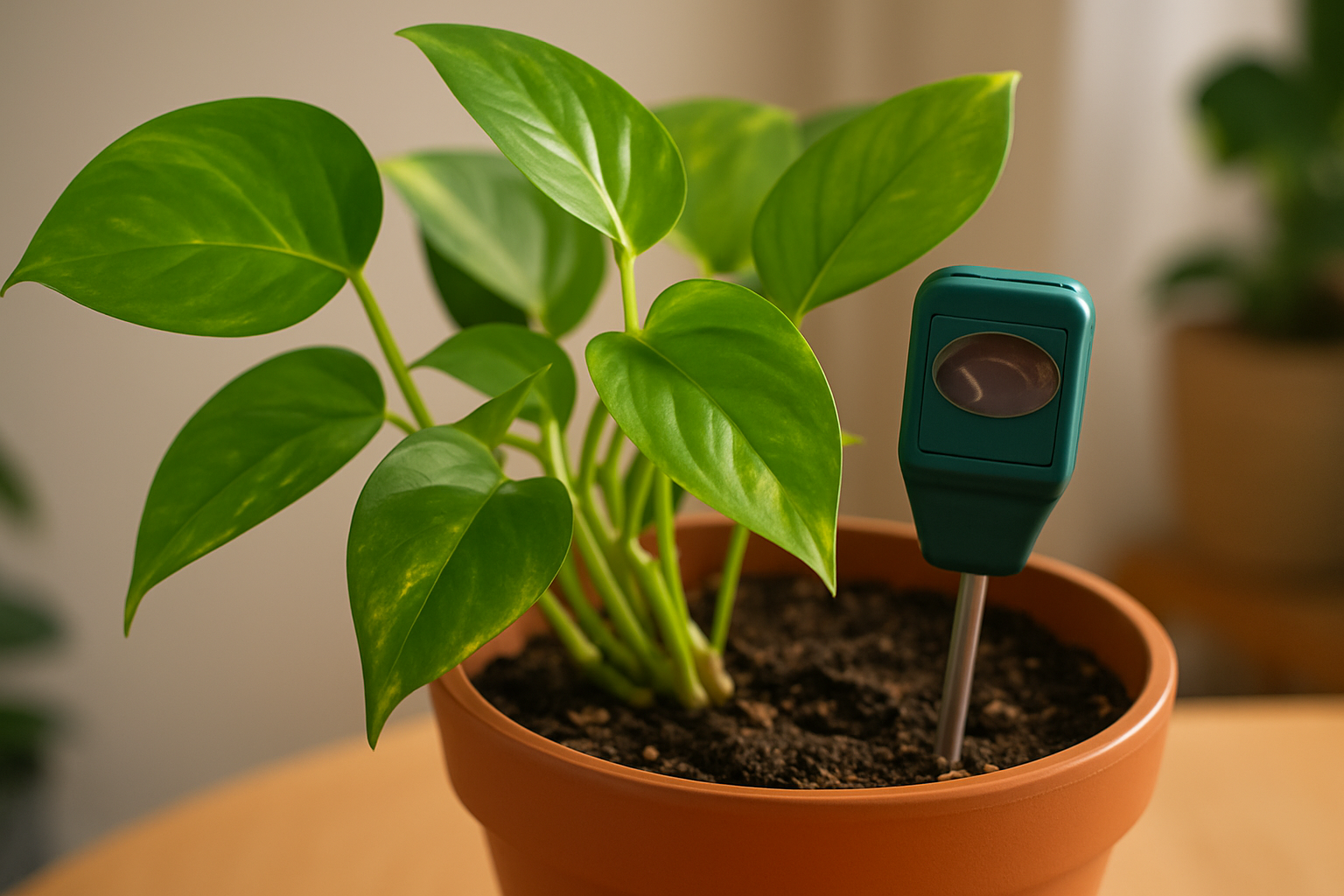
Healthy pothos plant with visible soil moisture meter illustrating proper watering care
How to Fine-Tune Your Watering Habits Based on Your Environment and What Your Plants Really Need
Watering needs really hinge on the environment and the particular plant in question. If you have got indoor heating or air conditioning going full blast the soil can dry out quicker than you might expect so you will likely water more often. Where the plant hangs out near a sunny window or a chilly vent plays a sneaky role in how fast that moisture disappears. And do not overlook the pot itself: porous clay pots hold onto water quite differently than plastic ones.
- When the light is dim, it’s smart to ease up on watering because your plant won’t be using as much water.
- If your green buddy is near heat sources like radiators or heating vents, you’ll want to water more often since the soil dries out quickly.
- Clay pots tend to dry out soil faster than plastic ones, so adjust your watering routine accordingly.
- Keep an eye on indoor humidity levels. Water more when the air feels dry and reduce watering when it gets a bit muggy.
Common Watering Mistakes and How to Dodge Them Like a Pro
Many pothos owners frequently wrestle with the tricky balance of overwatering or underwatering or just sticking to a steady watering schedule. You’ve got a recipe for stressing out those roots more than they’d like. It’s all too easy to mix up humidity and damp leaves with the actual soil moisture.
"The secret to watering pothos isn’t about blindly sticking to a rigid schedule but more about tuning in to what the soil, leaves, and surroundings are quietly telling you. In my experience, keeping an eye on these little signs usually helps your plants flourish far better than stubbornly following a one-size-fits-all routine." - Dr. Emily Johnson, Plant Care Expert
Fixing Common Pothos Watering Problems That Everyone Runs Into
When watering slips off track, pothos plants usually throw up some clear red flags. Too much moisture often spells trouble with root rot. Yellow leaves could mean you’re watering too much or not enough. Mold might pop up on damp soil or leaves. Wilting typically signals that your green friend is feeling the stress.
- Take a good long look at your plant for telltale signs like yellowing leaves, soft stems or a bit of drooping. These little hints usually tell you something’s off.
- Give the soil a quick feel to check if it’s soggy or bone dry because this is often the quickest way to figure out if you’re overwatering or under-watering.
- Tweak your watering routine depending on what you find. Sometimes less is more and other times your thirsty plant might need a good drink.
- If root rot is waving a red flag don’t hesitate to repot your pothos with fresh well-draining soil since it’s the plant’s way of hitting the reset button.
- Double-check that your pot has enough drainage holes because standing water at the bottom is a big no-no and can spell trouble pretty fast.
- Snip away any damaged or sickly leaves and stems to give your plant a little spa treatment so it can bounce back strong and healthy.
How to Water Various Pothos Types
Watering pothos plants might seem like a simple task, but believe me, there is a bit of an art to it. Each type has its quirks, and getting it just right can mean the difference between thriving greenery and a sad, droopy mess. So, let us dive in and figure out how to quench these beauties’ thirst without overdoing it.
Popular pothos varieties like Golden Pothos, Marble Queen, Neon Pothos and Jade Pothos each have their own quirks when it comes to watering. They all appreciate soil that stays moist but doesn’t turn into a swamp. Differences in leaf thickness, growth pace and light preferences mean you’ll want to tweak your watering routine for each one.
- Golden Pothos tends to grow quickly and usually thrives with regular watering but you never want it to sit around in soggy soil because it just doesn’t like that one bit.
- Marble Queen is more sensitive to overwatering due to its dense leaves so giving the soil time to dry between drinks keeps it happy.
- Neon Pothos has delicate leaves that appreciate steady moisture without being drenched. It especially likes bright indirect light. It’s like Goldilocks’ favorite spot.
- Jade Pothos grows at a slow and steady pace and needs water less often. It generally gets along fine with average indoor humidity levels.
Wrapping It All Up with a Bow
Taking care of pothos tends to go smoother when you stay tuned in and stay flexible rather than clinging to a rigid schedule. The key is learning how often to water pothos by watching your plant closely as the seasons roll by, and adjusting your watering habits depending on how it is growing and the environment it’s in.

